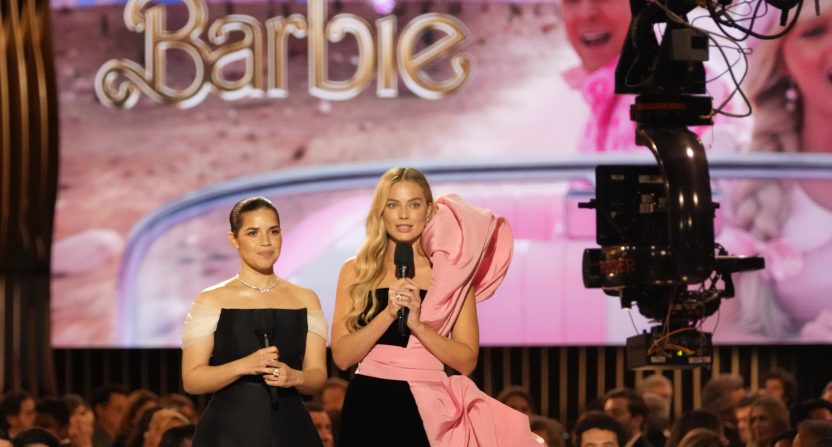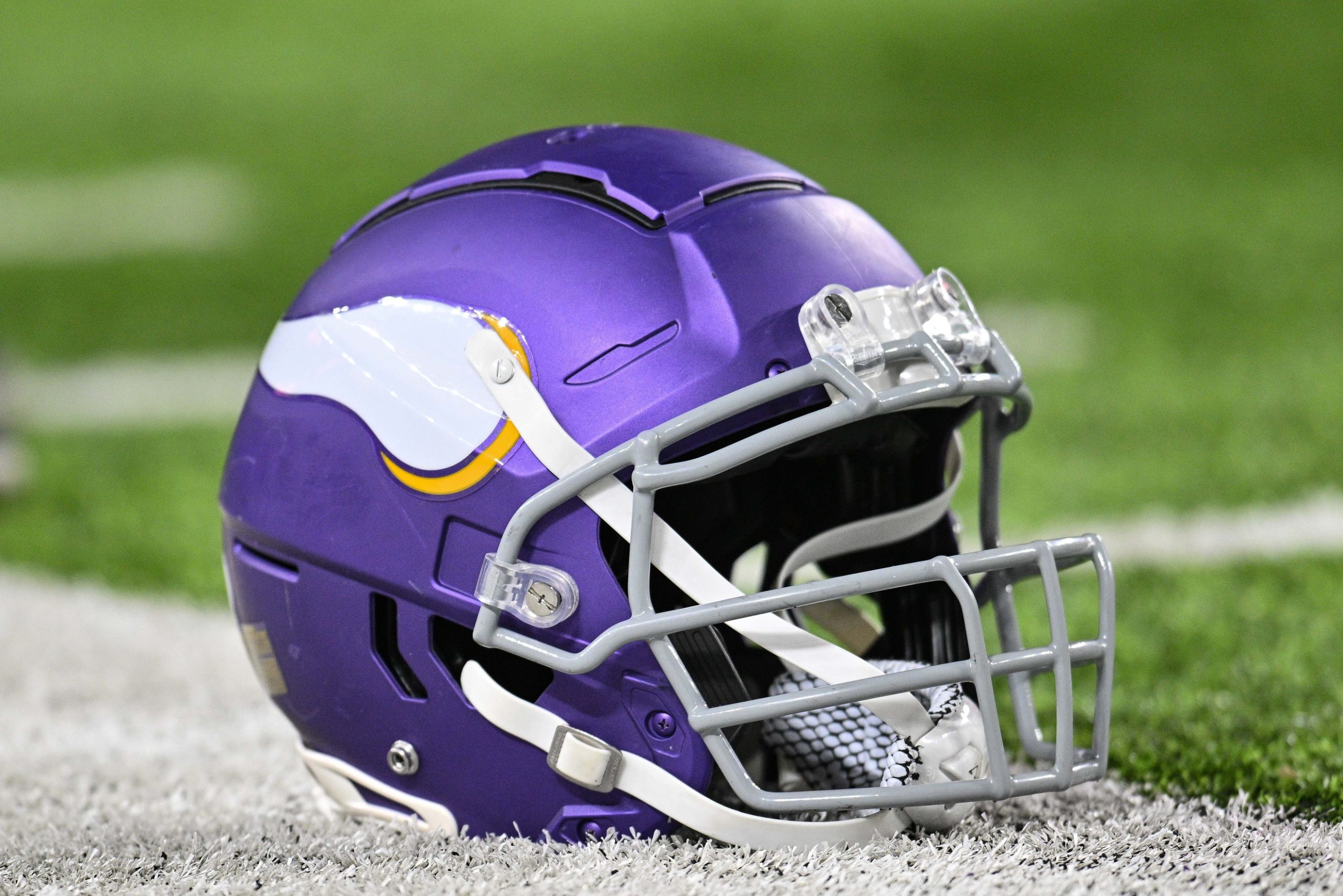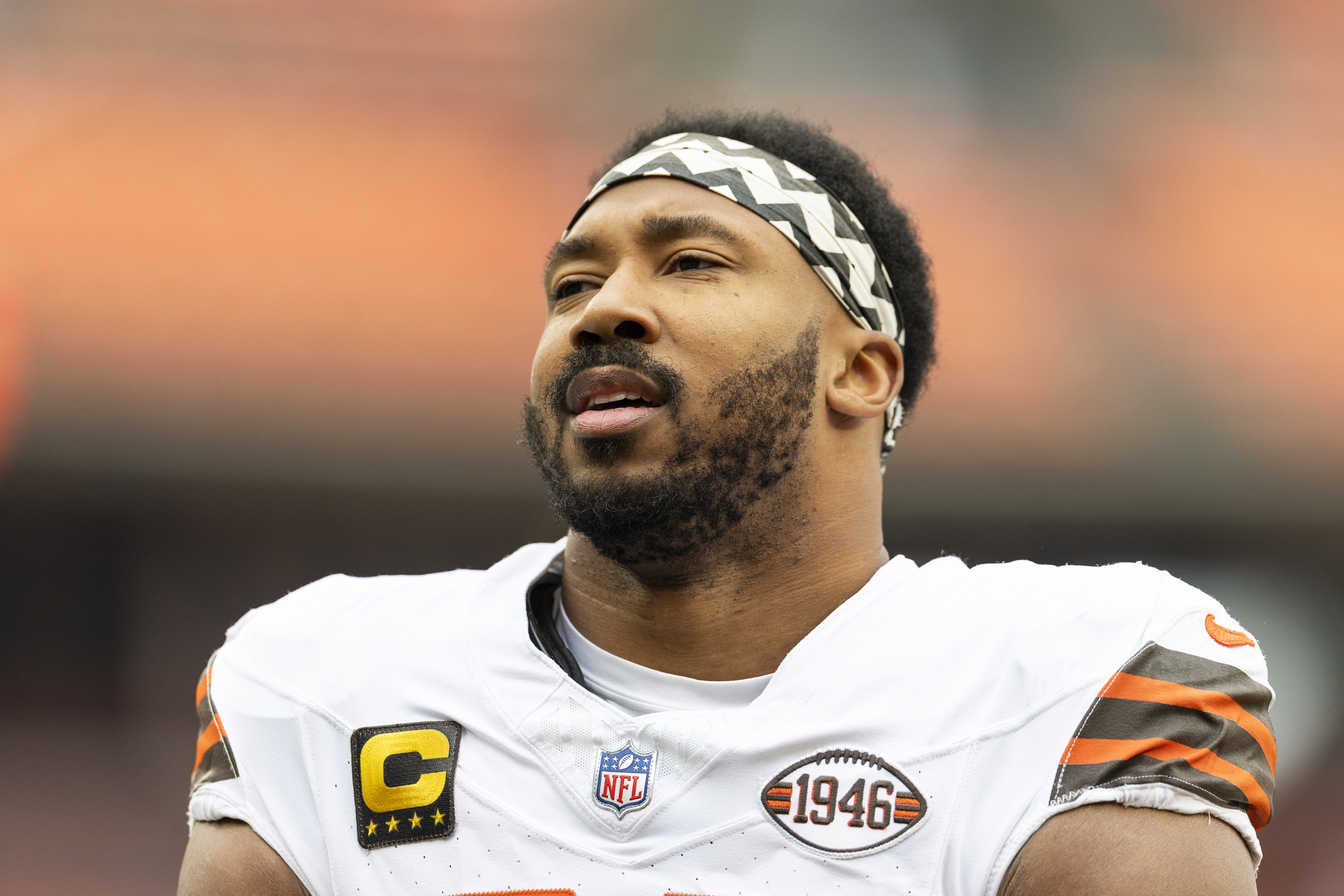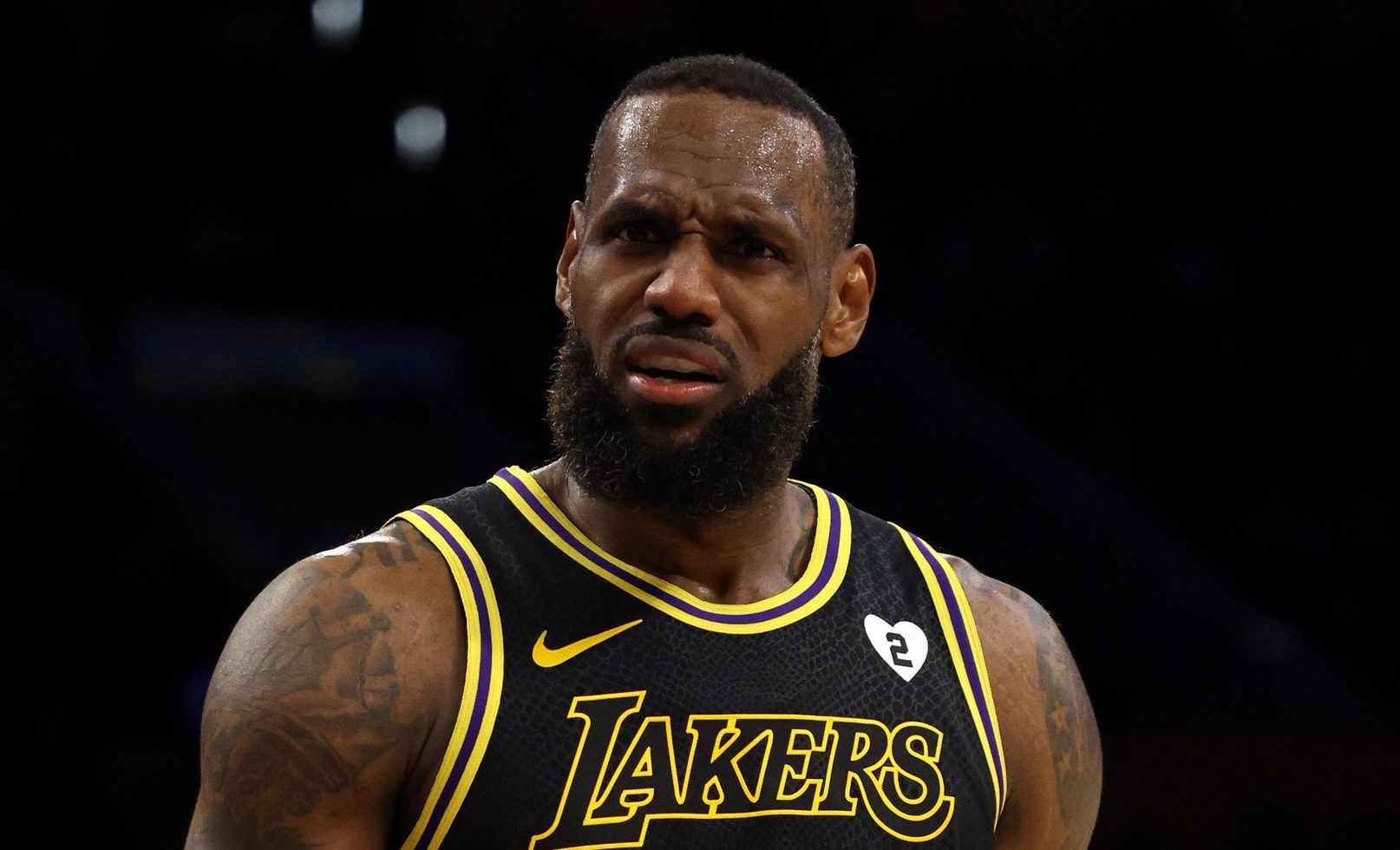The holiday season means a lot of movie premieres.
They don’t make the premieres like they used to, however. They used to be huge events where the red carpet was the center of it all. Sure, there were interviews, but the term “going viral” didn’t exist.
Now, the way they market movies has the stars doing TikToks and the dances that make the social media platform so popular (and cringy).
But it works. I noticed the way people were holding cell phones after the Jake Paul vs. Mike Tyson fight — just shoving them in their faces. They weren’t fans. They were making content. Surely some of them were social media managers for either the fighters themselves or the event. It’s an entire media entity on its own.
The red carpet is still around, of course. The interviews and microphones still take place and you never know what takes place on a press tour, but the budgets have grown astronomically so the approach is much different.
Barbie had a higher marketing value at an estimated $150 million than it cost to actually make the film. A budget on $145 million. That campaign consisted of a Barbie-themed boat cruise, a real-life Malibu DreamHouse, and a wardrobe with leading actress Margot Robbie that was priceless.
Avengers: Endgame, according to Deadline, had a promo campaign budget of over $200 million(!!!).
The combination of being bold and keeping up with current trends has given a lot of these strategies an uptick.
If you want to compare it to the ’90s, it’s obviously multiplied by a lot. Inflation hits everyone.
According to the Los Angeles Times in an article from 1995, the average cost to make and market a movie was $50.4 million, which, at the time, was considered a “beast of a number.”
Now that people aren’t going to the theater to watch movies as much, imagine how it’ll be in 5-10 years from now.







